Advertisement
Imagine asking your computer a question, and it goes off to read documents, understand them, and then give you an answer. That's what RAG does—short for Retrieval-Augmented Generation. It's a way for AI to first retrieve useful info and then generate a helpful response. But sometimes, RAG brings back information that isn't very relevant. That's where CRAG comes in—a new way to make RAG smarter. CRAG helps pick better facts before the AI starts writing the answer. Let's look at how this works.
To understand how CRAG helps, we first need to see where RAG struggles. A RAG model works in two main steps. First, it finds documents that seem related to your question. Second, it uses those documents to create a detailed response. Sounds simple—but here’s the catch.
The quality of the answer depends on how good the retrieved documents are. If they’re too general, too old, or unrelated, the final answer won’t be very useful. The AI might even make things up—this is called “hallucination.” Regular RAG systems often bring back chunks of text that look similar to the question but don’t really help with answering it.
This happens because most RAG systems choose documents based only on keyword matching or vector similarity. Just because two pieces of text look similar doesn't mean they answer the same question. Think of it like this: if you search "Why does the sky look blue?" and the system gives you articles on "skydiving tips," just because both use the word "sky," that's not very helpful.
So how do we fix it? That’s where CRAG steps in—with a smarter way to sort the helpful from the not-so-helpful.
CRAG stands for Confidence-Ranked Answer Generation. It’s like giving your RAG system a filter to sort the good answers from the bad before the AI starts writing anything. The idea is simple: instead of using every document the system finds, CRAG gives each one a score based on how likely it is to help generate a good answer.
Here's how it works in simple steps:
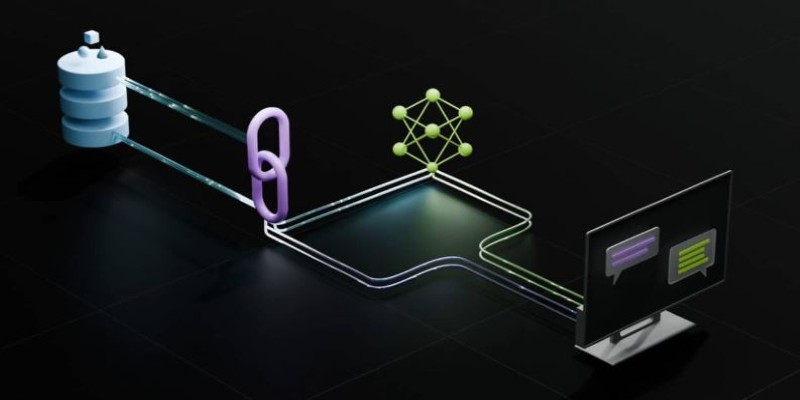
First, just like regular RAG, CRAG starts by pulling in a group of documents that match the question using a retriever model. This step isn’t very different yet.
Then comes the big change: CRAG checks how useful each document really is. It uses a trained model to rank them based on confidence—basically, how sure the system is that this document will help answer the question accurately.
Now, instead of using all the documents at once, the system creates several different answers using different top-ranked subsets. These are like "drafts" made from different pieces of information.
Each draft is then scored based on how relevant, clear, and correct it sounds. The highest-scoring one is picked as the final answer.
This whole process takes a bit more time than regular RAG, but it greatly improves the accuracy and trustworthiness of the answers. CRAG doesn’t just guess which documents are useful—it checks and compares them using real examples from training data.
Now, let's talk about why CRAG actually works better in real-world cases. First, by ranking documents based on confidence, it avoids pulling in weak or unrelated sources. This helps reduce hallucinations—those made-up facts that AI sometimes creates.
Second, because CRAG tries multiple answer drafts, it allows the system to explore different ways of phrasing and explaining an answer. Think of it like writing an essay: your first draft might not be the best, but by writing a few different versions and picking the best one, your final result improves.
CRAG also helps when users ask complicated or multi-part questions. Let's say someone asks, "What are the effects of climate change on agriculture, and how can AI help?" Regular RAG might focus too much on climate change and miss the AI part—or vice versa. However, CRAG, with its draft-based system, is more likely to capture both parts clearly.
Lastly, CRAG makes it easier to evaluate and improve AI models over time. By assigning scores to different answer attempts, developers can see where the model is doing well and where it needs work. That feedback loop helps the model learn faster.
You might be wondering: how do developers actually set this up? CRAG can be added to most RAG pipelines with some adjustments. Here’s a simplified view of how you’d do it.
Use an existing retriever like FAISS or Elasticsearch to find top documents based on the user’s question. This gives you a pool of possible sources.
Here, you plug in a reranking model—often a small language model or fine-tuned transformer—that scores each document based on how useful it is for answering the question.
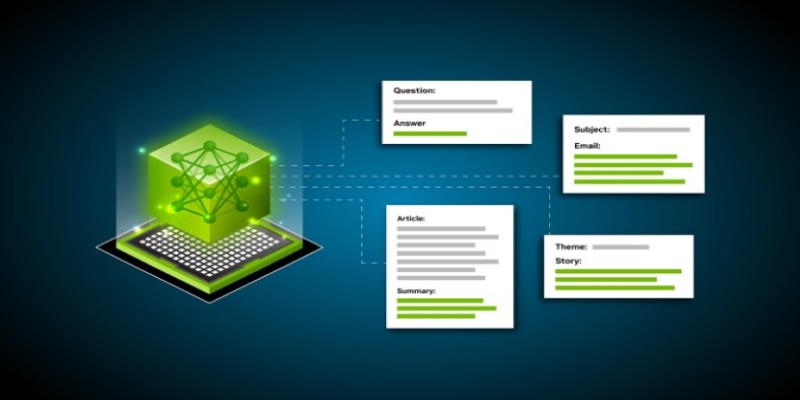
You then feed the top combinations of high-confidence documents into a generator model (like GPT or another LLM). This model creates a few different answers based on different document combos.
Finally, you use a scoring function—based on things like clarity, truthfulness, and relevance—to choose the best final answer.
Some open-source tools and libraries are already making this easier. Frameworks like LangChain, Haystack, and LlamaIndex now offer support for custom reranking and multi-passage generation. So, if you're building a chatbot or search engine, plugging in CRAG-like techniques isn't too hard with the right setup.
RAG models are useful but only as good as the information they fetch. CRAG adds common sense. Instead of using everything, it picks the most helpful parts and tests answers before choosing the best. It's like giving your AI a second—or third—opinion before it replies. By using confidence scores and multiple drafts, CRAG creates clearer, more accurate responses. Whether you're building a chatbot or a student project, knowing how CRAG improves RAG helps you build better systems. In AI, even small changes can make a big difference.
Advertisement

Learn how ASR enhances customer service for CX vendors, improving efficiency, personalization, and overall customer experience

Explore the core technology behind ChatGPT and similar LLMs, including training methods and how they generate text.
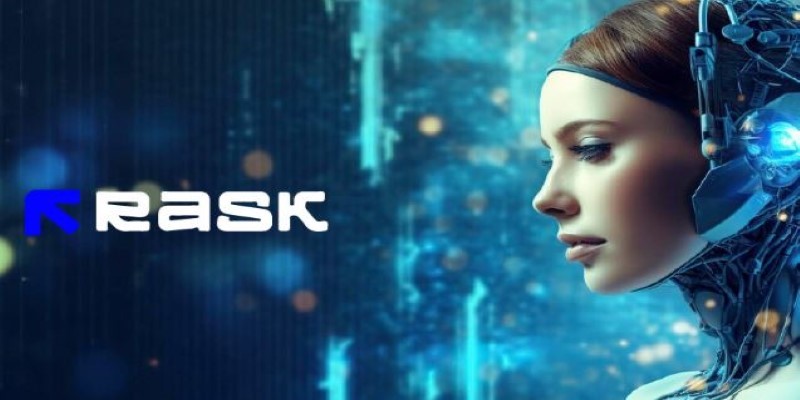
How to translate your audio using Rask AI to create multilingual voiceovers and subtitles with ease. Discover how this AI tool helps globalize your content fast

How to convert string to a list in Python using practical methods. Explore Python string to list methods that work for words, characters, numbers, and structured data
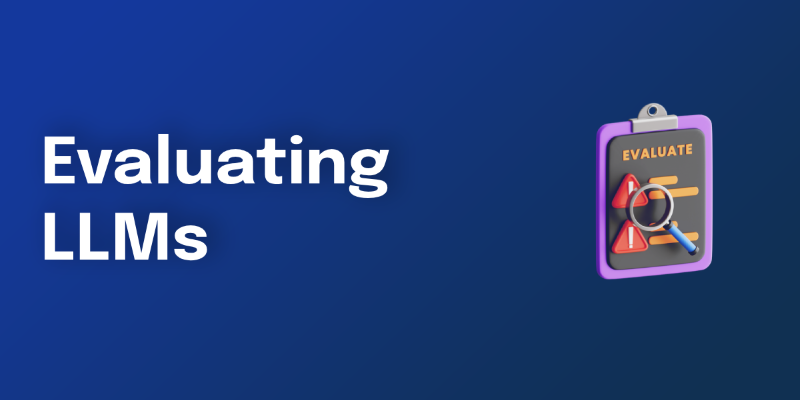
What if you could measure LLM accuracy without endless manual checks? Explore how LangChain automates evaluation to keep large language models in check

How to handle NZEC (Non-Zero Exit Code) errors in Python with be-ginner-friendly steps and clear examples. Solve common runtime issues with ease

Know how 5G and AI are revolutionizing industries, making smarter cities, and unlocking new possibilities for a connected future

Looking for a better way to organize your email inbox? Clean Email helps you sort, filter, and declutter with smart automation and privacy-first tools

Think ChatGPT is always helping you study? Learn why overusing it can quietly damage your learning, writing, and credibility as a student.
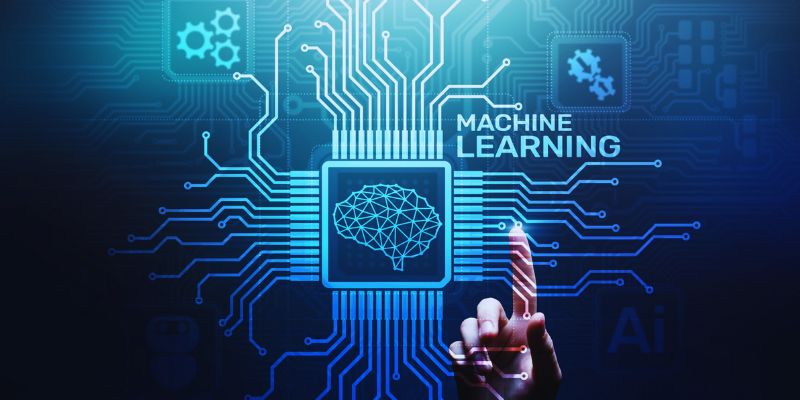
Discover machine learning model limitations driven by data demands. Explore data challenges and high-quality training data needs

Collaborative robots, factory in a box, custom manufacturing, and digital twin technology are the areas where AI is being used
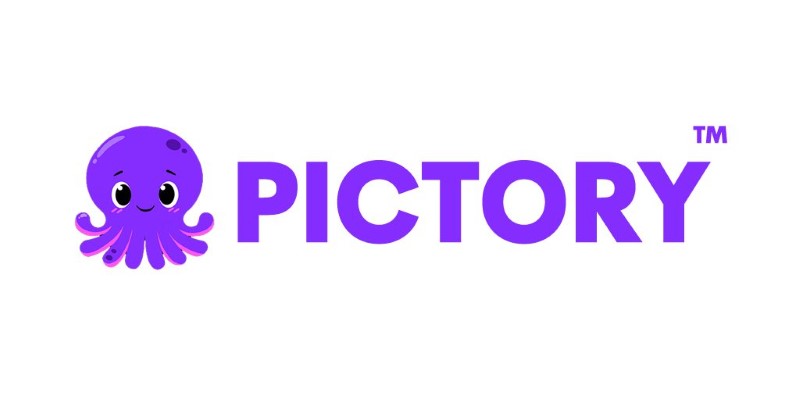
Learn how to create professional YouTube videos using Pictory AI. This guide covers every method—from scripts and blogs to voiceovers and PowerPoint slides